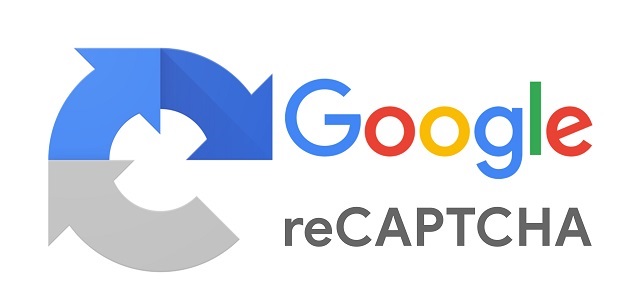PPT Covalent Bonds PowerPoint Presentation, free download ID6647183
Which Pair Of Elements Will Form A Covalent Bond. Two electrons or one electron pair constitute a single covalent bond in. Web covalent bond is formed by sharing of electron.
Web which pair of atoms will form a covalent bond? Some compounds contain both covalent and ionic bonds. Web two different atoms can also share electrons and form covalent bonds. In covalent compounds, atoms form covalent bonds that consist of electron pairs shared between two adjacent atomic nuclei. Web which pair of elements will form a covalent bond? The pair of electrons participating in this type of bonding is called a shared pair or. Web bonds between two nonmetals are generally covalent; The classification of covalent bonds is done in three ways, depending on the no. Web a covalent bond is the force of attraction that holds together two atoms that share a pair of valence electrons. Web ionic bonds require at least one electron donor and one electron acceptor.
Web the sharing of electrons between atoms is called a covalent bond, and the two electrons that join atoms in a covalent bond are called a bonding pair of electrons. The correct option is option c. Some compounds contain both covalent and ionic bonds. The oxygen atom forms two. The pair of electrons participating in this type of bonding is called a shared pair or. The single electrons match up to make pairs (fig. Web types of covalent bonds. Web covalent bond is formed by sharing of electron. See answer advertisement advertisement brainly user brainly user hydrogen and chlorine. Web compounds can be covalent or ionic. An atom that shares one or more of its.
